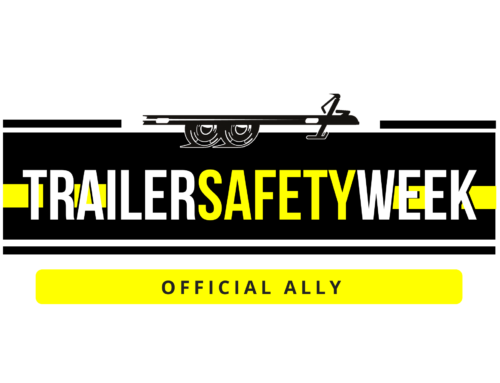Infrared Technology finds electrical problems
Many facility managers and plant managers have turned to the technology and power of infrared testing for their electrical testing. Infrared testing uses a thermal-sensitive camera and related equipment to see equipment hot-spots and record the hot spots by taking a video or photo.
Over the years, the thermal imagers used to perform electrical testing have become more affordable. Although this technology may be simple to operate, it is only effective when used correctly.
When hiring for infrared testing, you should look for:
-
Qualified Thermographers
In order to perform an accurate infrared scan, only professional Level I and Level II Infrared qualified technicians can understand the camera emissivity settings for the materials being measured, and the criticality of comparing phase to phase temperature differentials (not phase to ambient).In addition, true accuracy and precision can only be achieved by safely removing panel covers from electrical equipment. (Read more on Line of Sight HERE)
-
Licensed Electrician
The thermographer should be a licensed electrician who understands electrical measurement and the equipment being inspected. This is required in order to perform root cause analyses on all anomalies when detected and provide actionable data for planned repairs. (Compare IR Technician vs Transworld Electrician HERE)
-
Safety Training
NFPA 70E: Electrical Safe Work Practices states that the owner of the equipment is liable for the safety of all site personnel including contractors. It is the owner’s responsibility to assure that anyone performing infrared testing is NFPA 70E qualified. Specifically, NFPA 70E requires that the technician performing the infrared testing is qualified to work on energized equipment within the restricted boundary and wears the proper PPE (Personal Protective Equipment) for the equipment hazard rating. (NFPA 70E 2018 Updates HERE)




